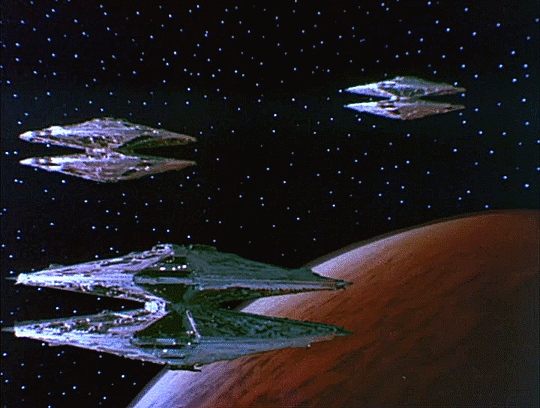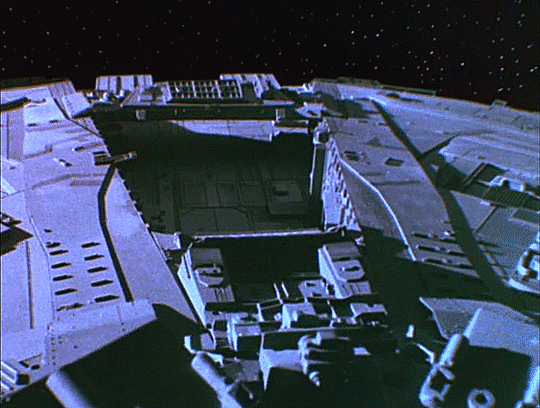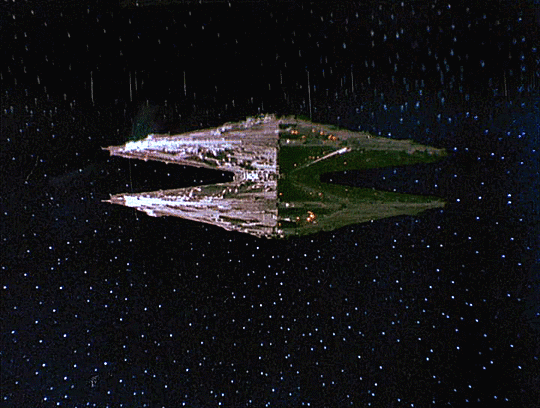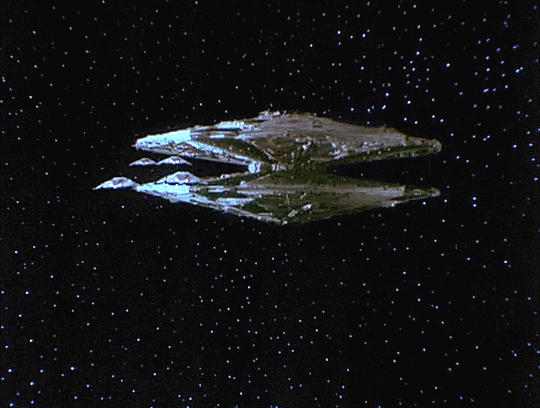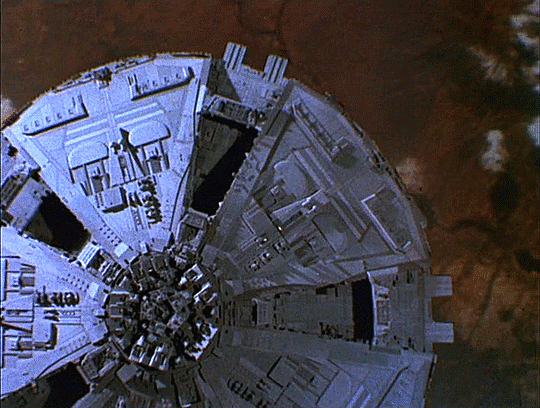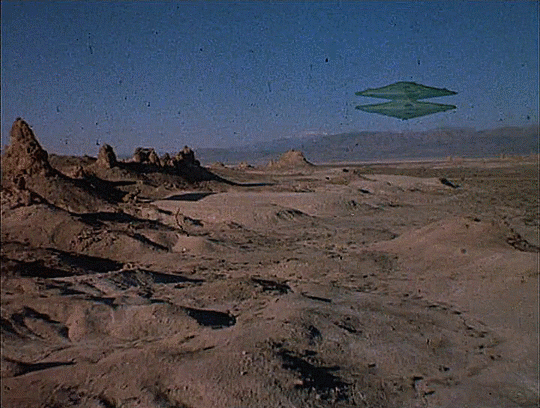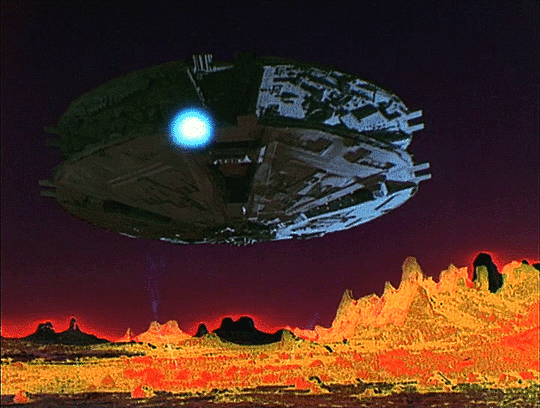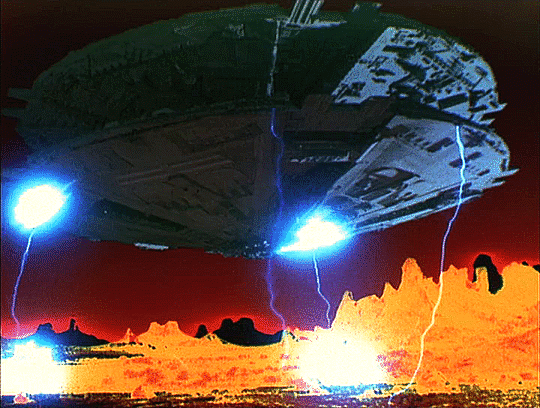Don't wanna be here? Send us removal request.
Photo

The Evolution of Buddhist Schools
Buddhism, founded by the Buddha around the 5th century BCE, soon diversified into various schools after his death. Though the Buddha opposed hierarchical leadership, his followers institutionalized his teachings, leading to divisions. The three main branches today are Theravada, Mahayana, and Vajrayana, each claiming to preserve Buddha’s true vision but differing in practice and interpretation.
Key Facts
Buddhism began around 563–483 BCE with Siddhartha Gautama, the Buddha.
After his death, followers split into three main schools:
Theravada (“School of the Elders”) claims to maintain Buddha’s original teachings.
Mahayana (“Great Vehicle”) emerged as a response, emphasizing a broader path beyond self-liberation.
Vajrayana (“Diamond Path”) developed mainly in Tibet, focusing on natural, less rule-bound practice.
All schools embrace the Four Noble Truths and the Eightfold Path but interpret and practice them differently.
Despite differences, they share a common goal of harmony and compassion, known as Ekayana (“One Vehicle”).
Historical Context
Buddha instructed no formal leadership after his death, but his disciples quickly organized to preserve his teachings. Early unity gave way to disagreements on doctrine, causing fragmentation into distinct schools. These schools evolved across regions like India, Southeast Asia, and Tibet, adapting to cultural contexts.
Historical Significance
This early division shaped the rich diversity of Buddhism worldwide. Different schools emphasize unique practices but share core philosophies, allowing Buddhism to remain adaptable and influential. Today, their coexistence illustrates Buddhism’s capacity for inclusivity and spiritual harmony, engaging both religious and secular followers.
Buddhism’s history teaches us that even a movement founded on unity can grow diverse yet remain centered on shared values of compassion and enlightenment.
Learn More: A Short History of the Buddhist Schools
54 notes
·
View notes
Text

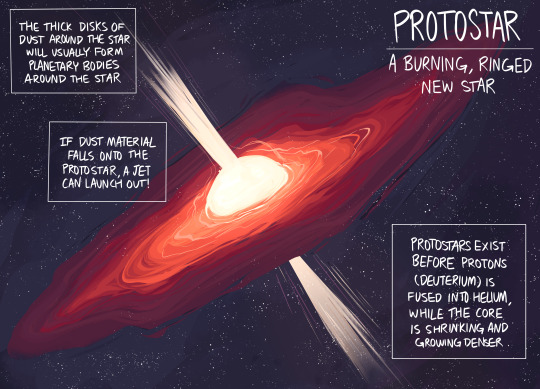


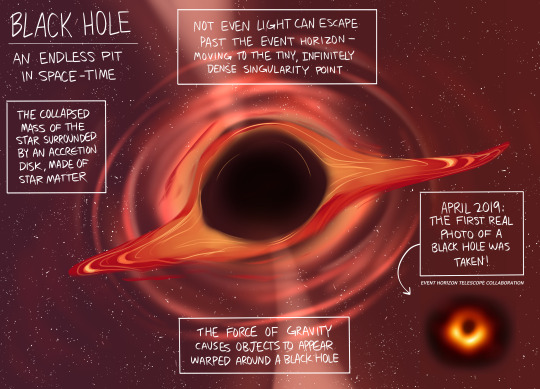
drawings I made as part of a school project. lalalalala I like space
1K notes
·
View notes
Text


Webb Detects Possible Biosignature Gases in Atmosphere of K2-18b
Astronomers using the NASA/ESA/CSA James Webb Space Telescope have detected the chemical fingerprints of dimethyl sulfide (DMS) and/or dimethyl disulfide (DMDS) in the atmosphere of the super-Earth exoplanet K2-18b. On Earth, DMS and DMDS are only produced by life, primarily microbial life such as marine phytoplankton. While an unknown chemical process may be the source of these molecules in K2-18b’s atmosphere, the results are the strongest evidence yet that life may exist on an extrasolar planet.
K2-18 is a red dwarf located approximately 111 light-years away in the constellation of Leo.
Also known as EPIC 201912552, the star hosts two massive exoplanets: K2-18b and K2-18c.
First discovered in 2015, K2-18b has a radius of 2.6 times that of Earth and is about 8.6 times as massive.
The planet orbits its star every 33 days at a distance of approximately 0.15 AU and has an Earth Similarity Index of 0.73.
It receives 1.28 times the light intensity of Earth, and its equilibrium temperature is minus 2 degrees Celsius (28 degrees Fahrenheit).
Earlier observations of K2-18b identified methane and carbon dioxide in its atmosphere. This was the first time that carbon-based molecules were discovered in the atmosphere of an exoplanet in the habitable zone.
Those results were consistent with predictions for a Hycean world: a habitable ocean-covered exoplanet underneath a hydrogen-rich atmosphere.
source
308 notes
·
View notes
Photo

Goodbye to my favorite science officer.
Leonard Nimoy, who played Spock on the original Star Trek series, died today. Nimoy invented the Vulcan salute himself. He was inspired by the Jewish Priestly Blessing he had seen at an Orthodox synagogue.
96K notes
·
View notes
Text
STAR TREK: DEEP SPACE NINE (1993 to 1999) - Behind the Scenes






























2K notes
·
View notes
Text

A Mechanical universal equinoctial dial with compass; gilt brass and silver, England, 1745-55
713 notes
·
View notes
Text

~ Helmet of Gladiator.
Date: A.D. 1st century
Medium: Bronze
2K notes
·
View notes
Text
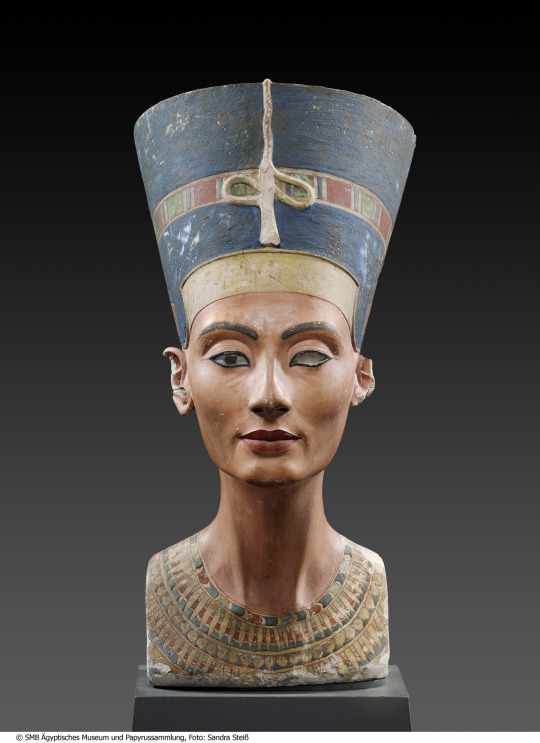
~ Bust of Queen Nefertiti.
Period: 18th Dynasty, New Kingdom; reign of Amenhotep IV/Akhenaten
Medium: Limestone, painted; stucco; beeswax, black; rock crystal.
1K notes
·
View notes
Text



Naming Sails and some terms in different languages
4K notes
·
View notes
Text
James Dixon was legend. There have been books that put episodes and movies, and sometimes even the novels into chronological order. But the James Dixon Fandom Star Trek Chronology #17 goes so much deeper. If a book has a throwaway reference to an event a few weeks before, it's in there. It covers every episode, movie or novel published up until the end of Enterprise's second season, as well as every technical publication whether officially licensed or not.
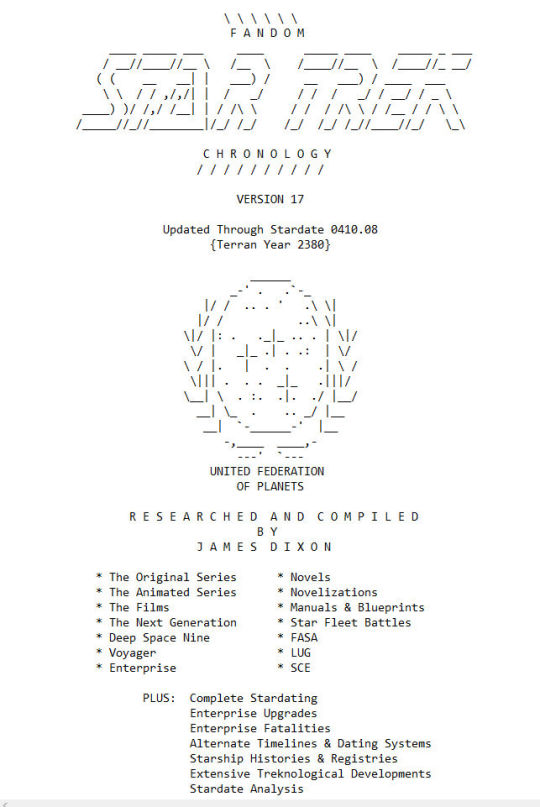

And here's where the first problem lies. According to modern Trek canon, Kirk is born in 2233 and his 5-year mission ended in 2270. But because unofficial fan published works had Kirk's birth in 2229 and the 5-year mission end in 2265, that's how it is in his chronology and that renders it questionable as a reference work. And since Star Trek: Enterprise did it's own thing ignoring decades of lore in novels and fanworks, it's labelled as an alternate timeline. In other words, obscure fan-published stuff (most of which was shut down by Paramount in the mid-90's, since it was profiting off of their IP) was given more weight than new Star Trek shows and movies.

And that brings us to the second problem: James Dixon's social interaction issues. He rants and raves A LOT in his Chronology notes. I originally thought it was satire, a parody of a crazy obsessed fan. But having spoken to him and seen his interactions with others, I realised it was 100% serious. He detailed how he'd like to kill me on a fake memorial page site he made to himself after I explained to him the real-life reasoning between Next Gen-era technical manuals contradicting TOS/classic movie era ones (it came down to money of course and who it went to). And after being banned from TrekBBS, he started the (now defunct) Terok Nor Promenade, where he was all the members.
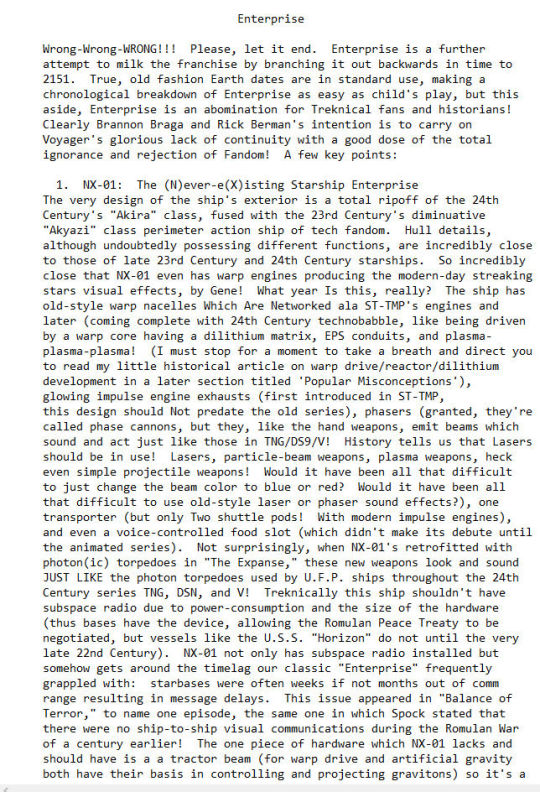
His chronology is an amazing one-of-a-kind work, a loving tribute to Star Trek like none other, and the notes at the end engrossing and led me to things like the Best of Trek books and various fan-produced manuals I'd never heard of but now adore (and post many pages from on this tumblr). Something tells me the Kelvin movies, Discovery, Picard and Lower Decks would have given him a stroke.
HERE'S THE LINK
354 notes
·
View notes
Text



Villa Of The Mysteries-Pompeii
Photos: © Pompeii - Parco Archeologico
1K notes
·
View notes
Text

Today in door 14 we look at a beauty that was so overloaded that her first and last trip ended at only 1300 metres. We are talking about the impressive Vasa.

More about her:
It was a Swedish galleon that was one of the largest and most heavily armed warships of its time. At the beginning of her maiden voyage on 10 August 1628, the Vasa sank after travelling only around 1300 metres in normal sea conditions due to serious structural instability. After being salvaged in 1961, its components were stabilised and restored. She is now on display at the Vasa Museum in Stockholm. The ship bears the name of the Swedish royal dynasty Wasa (vasa in Swedish).
137 notes
·
View notes
Text

~ Vignette from funerary papyrus (Book of the Dead) from papyrus N 3149.
Period: Ptolemaic Period
Medium: Papyrus
757 notes
·
View notes



